Kilimanjaro Airport is the most popular arrival point for travelers climbing Mount Kilimanjaro or going on safari in Tanzania. Its airport code is JRO — that’s what you’ll see printed on your ticket.
Kilimanjaro Airport location
What is the closest city to Kilimanjaro Airport?
Kilimanjaro Airport sits between Arusha and Moshi. This central placement is convenient for all travelers: safari-goers typically head to Arusha, while climbers make their way to Moshi.
The second closest city to the airport is Moshi, located at the foot of Mount Kilimanjaro. It is the capital of the Kilimanjaro region and serves as the base for most climbers. All the comfortable hotels with views of Kilimanjaro are either in the city or its surroundings.
International flights to Kilimanjaro Airport
International flights to Kilimanjaro Airport are operated by:
There are other carriers as well, but these are the most reliable. They rarely delay or cancel flights, rarely lose luggage, and provide excellent service.
Kenya Airways and Airkenya Express operate flights from Nairobi, Kenya’s capital, which is just a one-hour flight away. However, delays are more common on Kenyan carriers, which can be risky for connecting flights. Also, travelers who spend more than 12 hours in Kenya are required to show proof of yellow fever vaccination when entering other countries.
How do I get to Kilimanjaro from the USA?
There are no direct flights between the USA and Kilimanjaro Airport. The most convenient way to get there from the USA and Canada is with KLM via Amsterdam.
Most major airports in the US, Europe, and the UK have direct flights to Amsterdam’s main airport, so the route is convenient. Prices start from $1100.
Domestic flights to Kilimanjaro Airport
Some travelers arrive at Kilimanjaro Airport from Dar es Salaam or Zanzibar. In this case, they use domestic carriers.
For domestic flights in Tanzania, we recommend:
They are also convenient for flying to Tanzania's national parks on safari. Other options include Precision Air and Air Tanzania, though these are known for occasional delays and cancellations.
Domestic flights in Tanzania have a baggage weight limit: 15–20 kg (33–44 lbs) including carry-on. You can always pay extra for overweight luggage.
Arrival at Kilimanjaro Airport
After arrival, proceed into the terminal building. There is only one terminal. If you’re coming from another country, go to the international arrivals zone. There, you’ll go through immigration control:
- Present your passport and a pre-paid e-visa, or on the spot after filling out a form;
- Fill out a customs declaration if you have declarable items (e.g., large amounts of cash, weapons).
Once your passport is stamped, proceed through security, collect your baggage, and exit the terminal. If you need a luggage cart, you’ll find them in the baggage claim area. Outside, you'll be met by drivers. If you're traveling with Altezza Travel, our driver will meet you, assist with your bags, and escort you to the vehicle.
Near the exit, you'll find a currency exchange office and ATMs. Note that Tanzanian ATMs only dispense Tanzanian shillings, not US dollars.
Restrooms are in a small separate building near the terminal exit.
There is a clinic at the airport where you can get a yellow fever vaccination if desired. It’s a one-time vaccine and costs $50.
Departure from Kilimanjaro Airport
Check-in counters open 3 hours before departure time.
Domestic flights in Tanzania can depart earlier than scheduled if all passengers are checked in.
The queue at the airport entrance may start outside. Prepare your passport and e-ticket, and pass through security into the terminal.
After check-in and baggage drop-off, proceed to the waiting area. Kilimanjaro Airport has six boarding gates and several lounges, including business and VIP lounges.
Lounges of the Kilimanjaro Airport: Standard, Business, and VIP
The business lounge offers soft seating, private tables, and a café. It’s divided into quiet zones for comfortable conversation or rest.
The VIP lounge is located in a separate building with its own parking area. It features air conditioning, Wi-Fi, complimentary drinks and snacks, comfortable leather recliners, and a TV. If you reserve the VIP lounge, you’ll be escorted there directly upon arrival. Airport staff will handle your visa formalities and luggage.
VIP lounge reservations must be made at least four days before your flight or arrival.
VIP lounge rates:
- On arrival: $180 per person
- On departure: $200 per person
Economy passengers can also access these premium lounges for an additional fee. However, note that lounge reservations may be canceled if high-ranking government officials are scheduled to use the facilities.
What’s available at Kilimanjaro Airport: extra services
The airport building has a restaurant with a bar and a café on the second floor. You can buy soft drinks and order food, including local dishes.
Toilets are located on the lower floor of the airport building.
While waiting for your flight, you can explore the shops:
- Souvenir shop with handmade items
- Bookstore with books and magazines in English
- Jewelry store with Tanzanite and other items
If your flight is delayed or rescheduled, you can stay at the KIA Lodge hotel, which is located on the airport grounds.
History of Kilimanjaro Airport
Kilimanjaro Airport opened in 1971. It's often referred to by its short name, KIA (Kilimanjaro International Airport) or JRO. Before its construction, the area was open savannah, home to many wild animals, including rhinos, which are now nearly extinct in Tanzania. Today, the land near the airport is mined for tanzanite, a rare gemstone found only in this part of the world and highly valued in jewelry.
The airport’s runway can accommodate large aircraft, including the Boeing 747-400 and Antonov An-124.
Other international airports in Tanzania include:
- Julius Nyerere International Airport (DAR) in Dar es Salaam
- Abeid Amani Karume International Airport (ZNZ) in Zanzibar
All content on Altezza Travel is created with expert insights and thorough research, in line with our Editorial Policy.
Want to know more about Tanzania adventures?
Get in touch with our team! We've explored all the top destinations across Tanzania. Our Kilimanjaro-based adventure consultants are ready to share tips and help you plan your unforgettable journey.















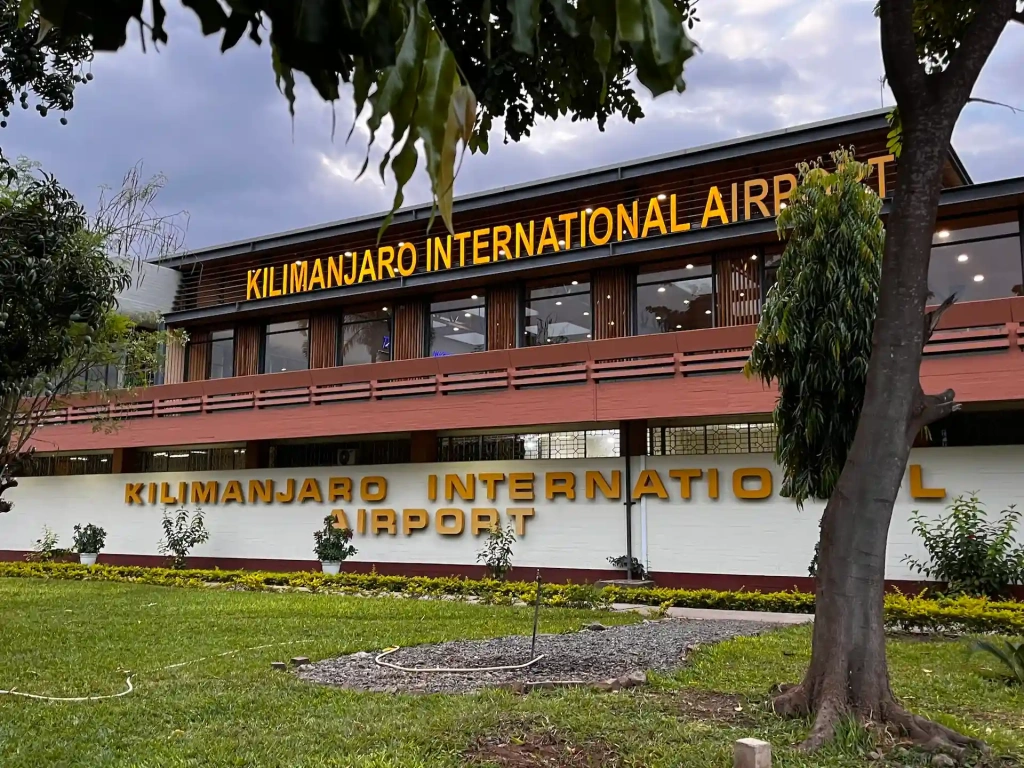
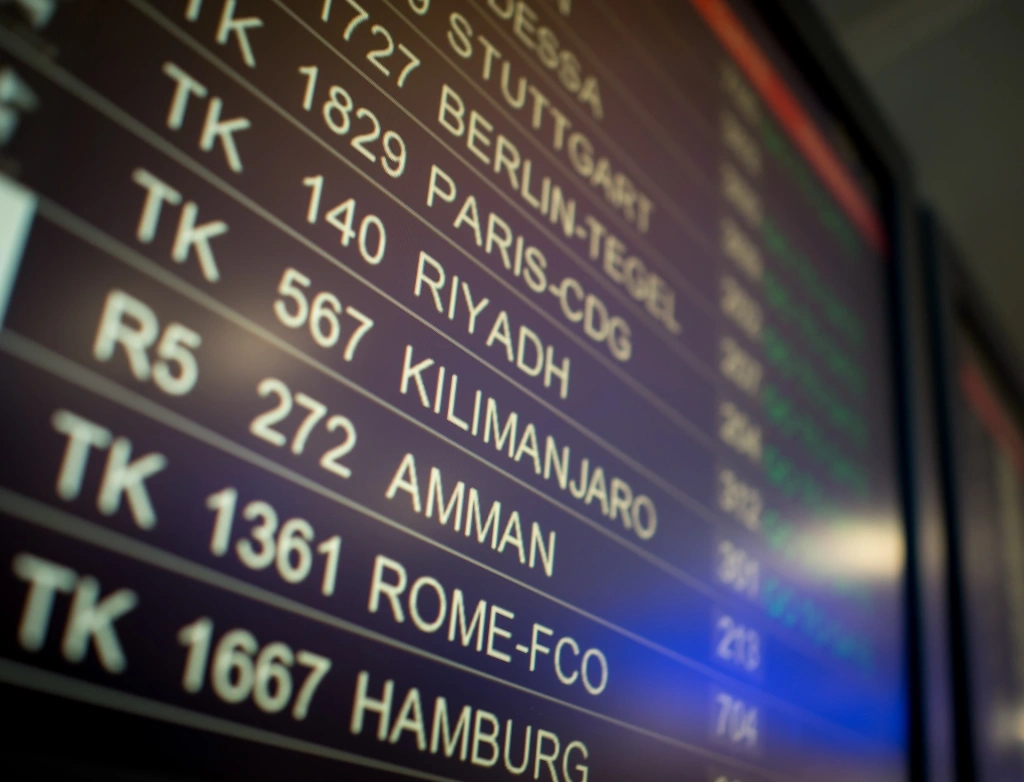
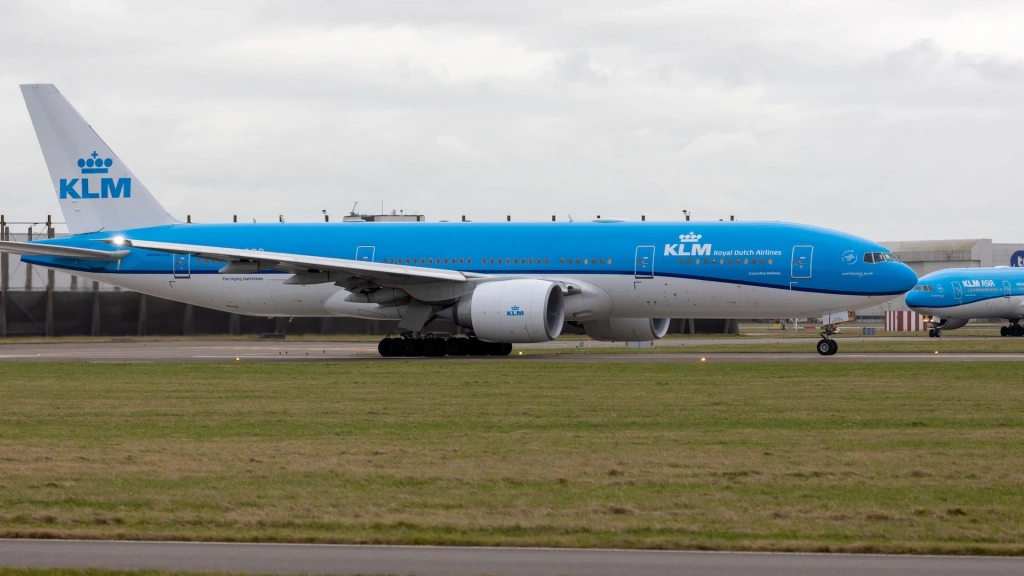
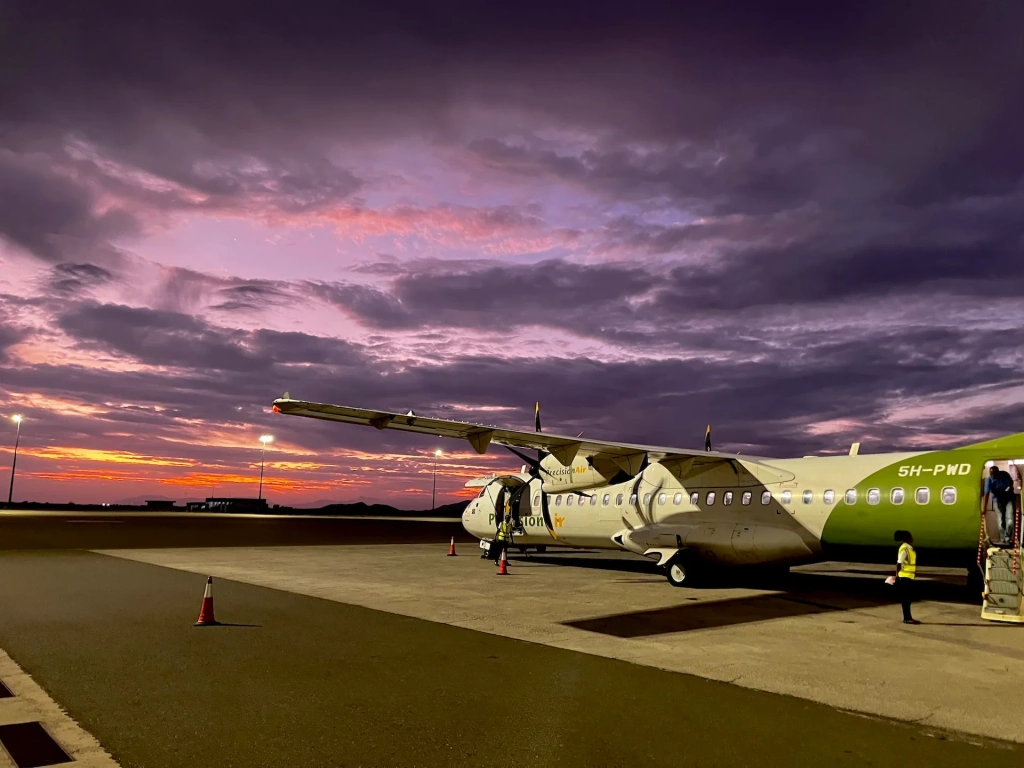
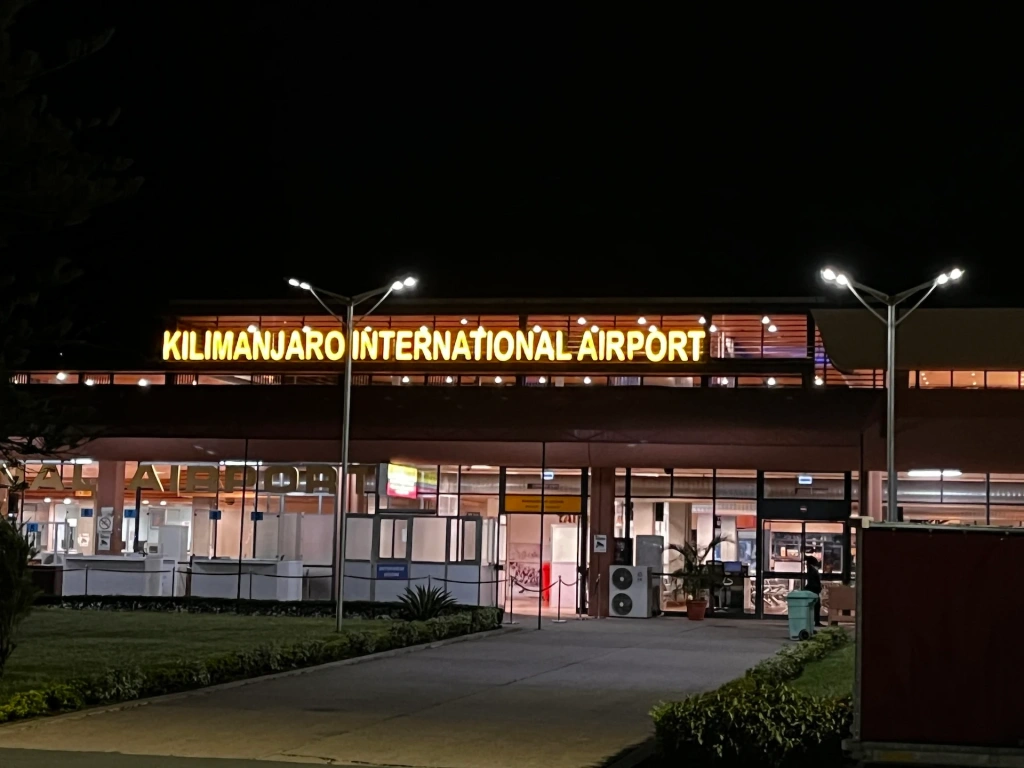
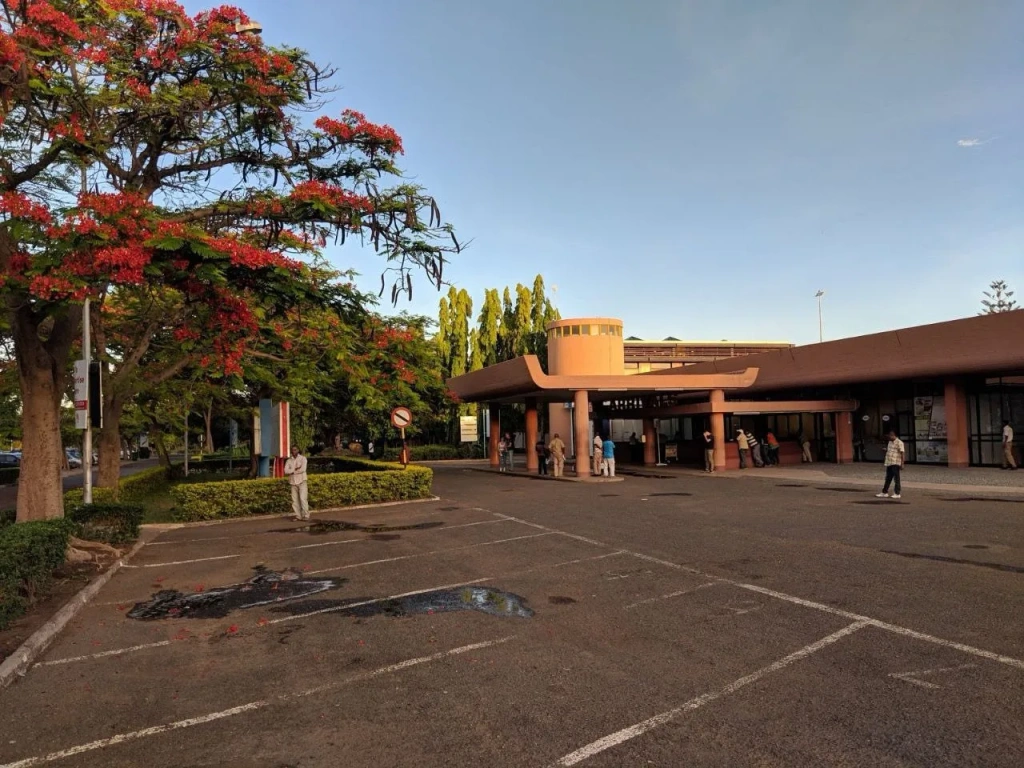
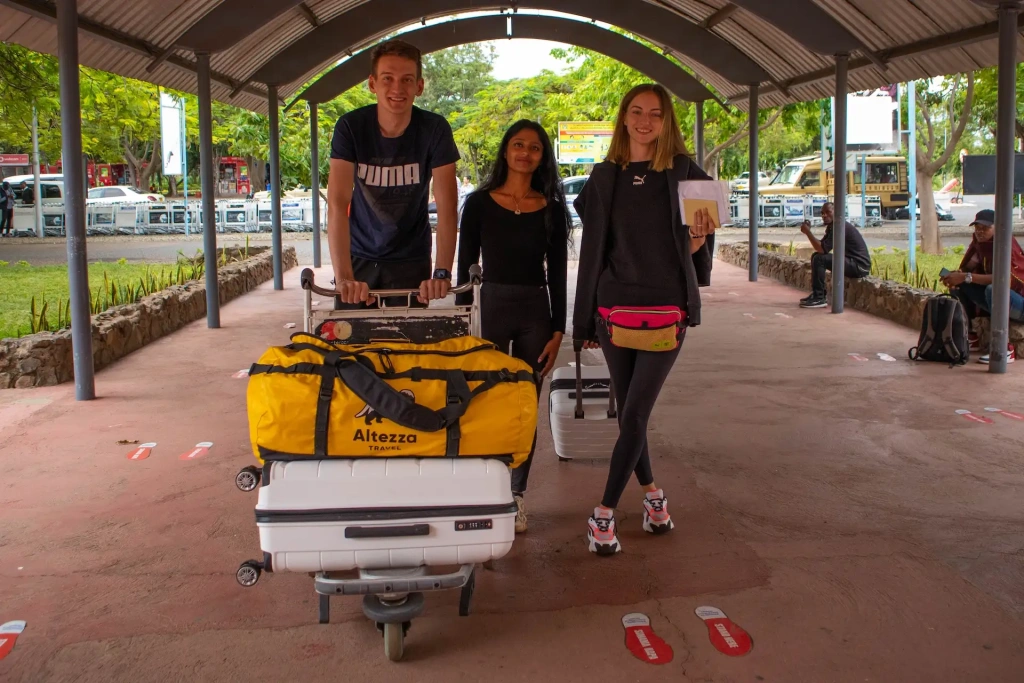
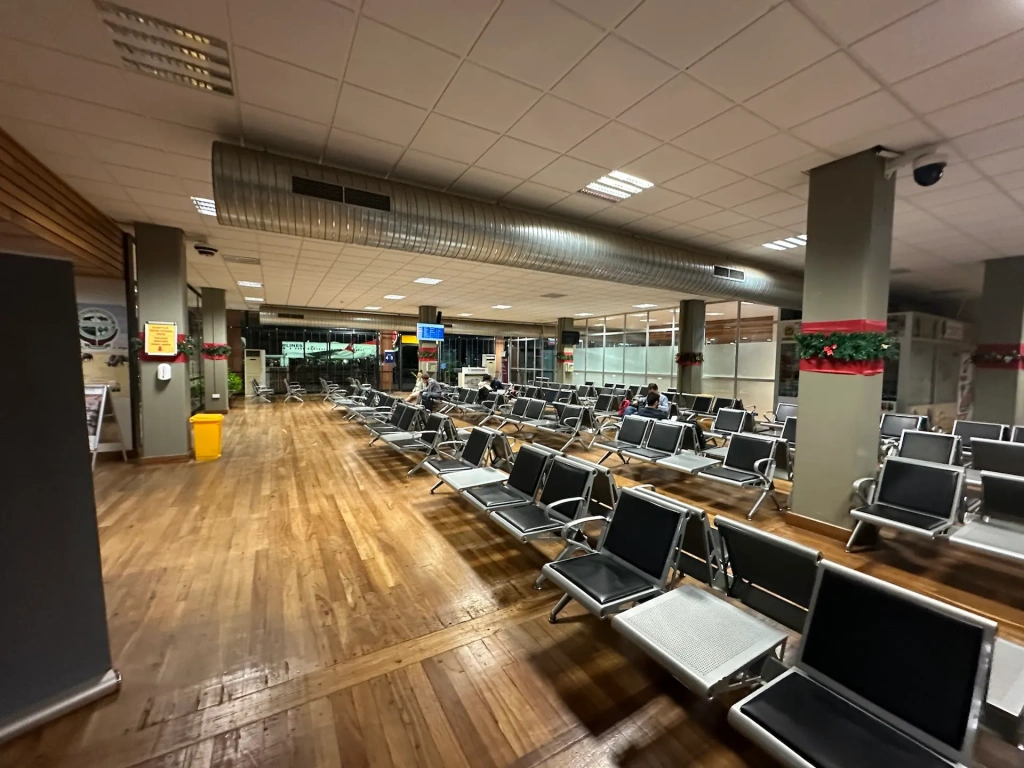
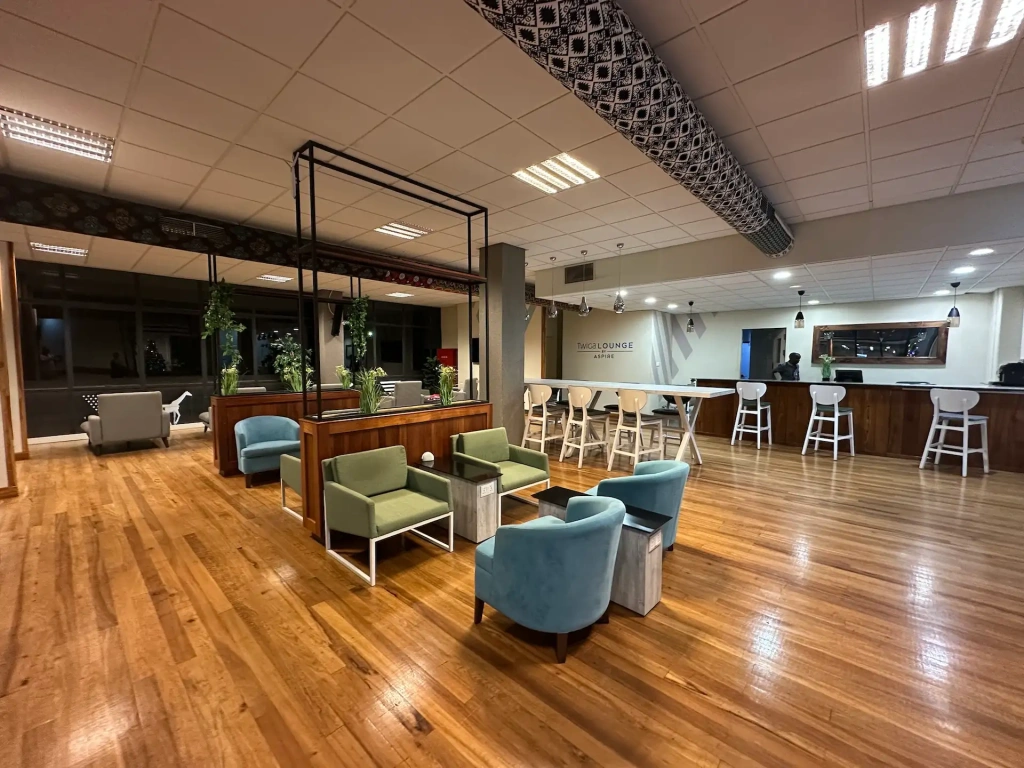
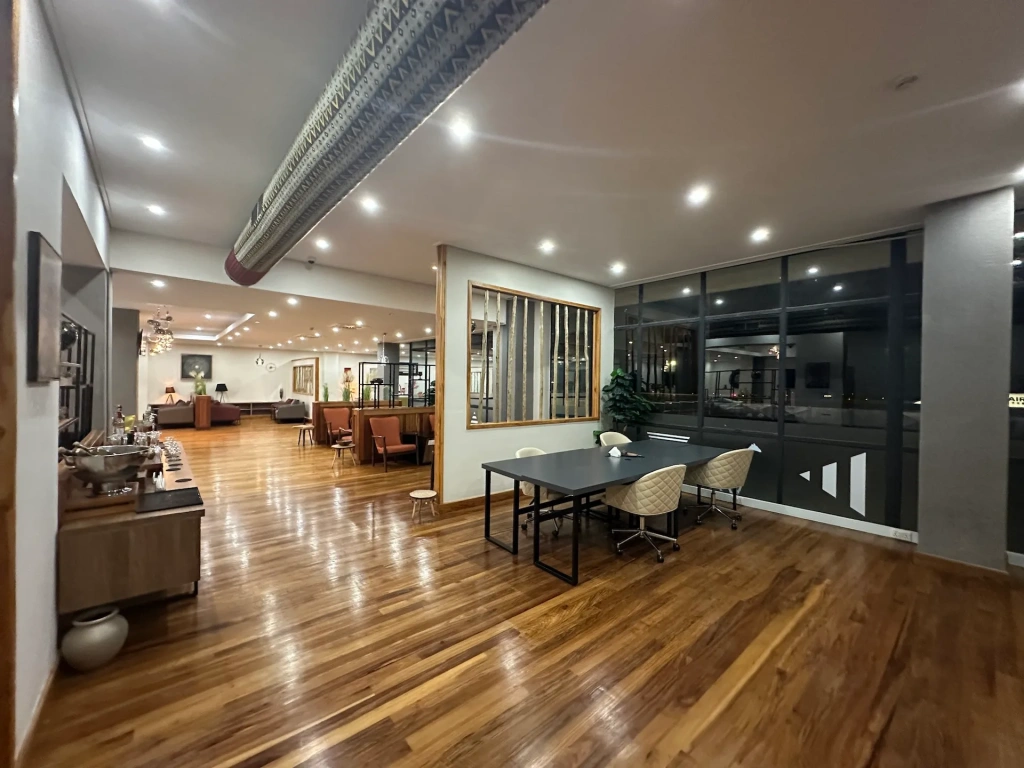



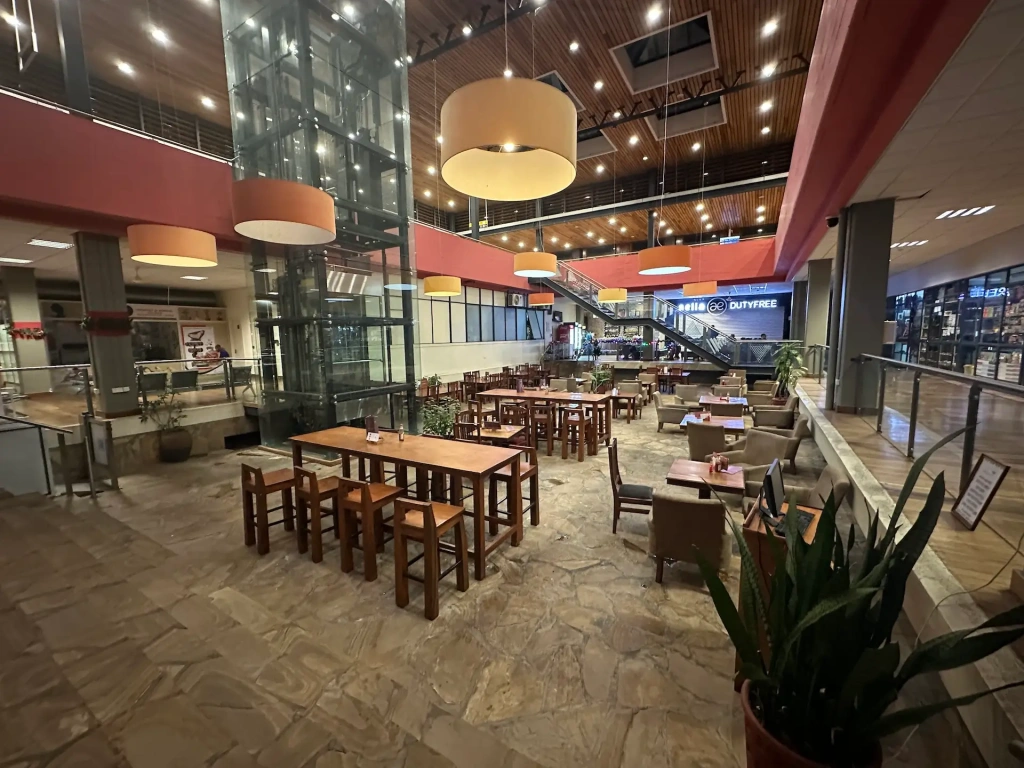
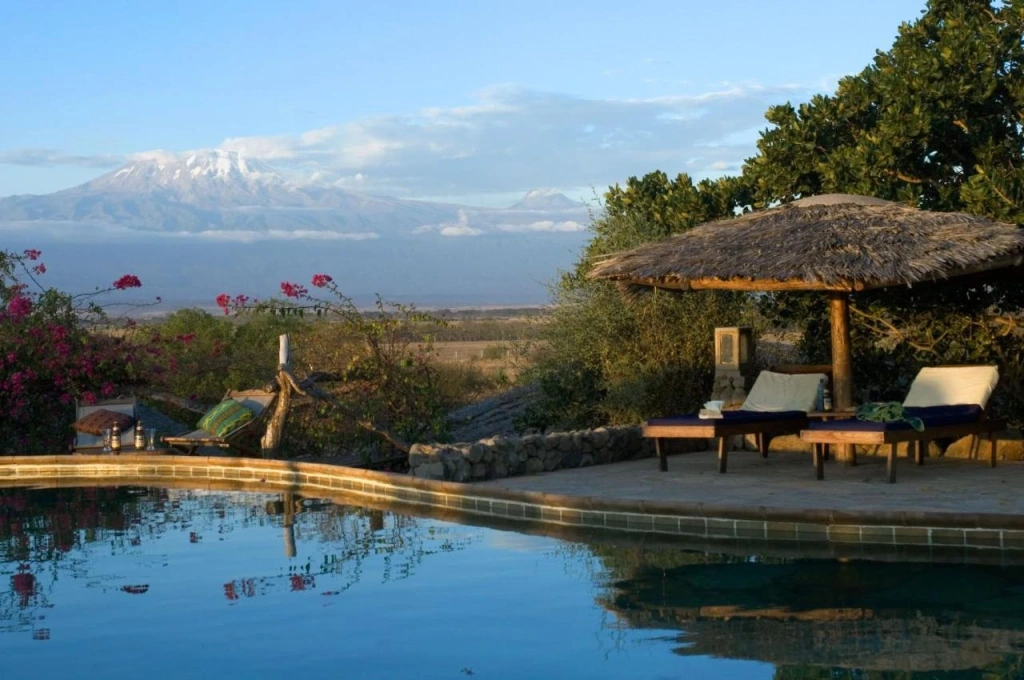

Yes, you can get a Tanzanian visa on arrival and pay for it in cash at the airport. That said, there’s a slight theoretical chance of being denied entry, so it’s safer to apply online ahead of time, especially if you're from a country that needs a referral visa.
We wouldn’t recommend it, Stas. It’s much better to arrive at least a day early so you have time to rest and get everything sorted before the climb. Starting your trek well-rested makes a big difference.